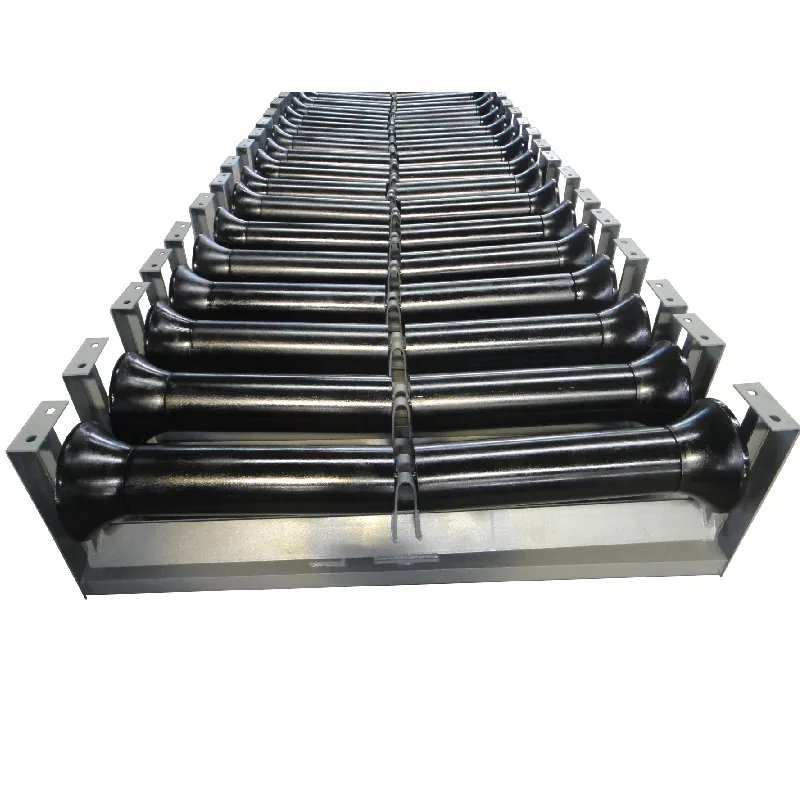 Afrikaans
Afrikaans  Albanian
Albanian  Amharic
Amharic  Arabic
Arabic  Armenian
Armenian  Azerbaijani
Azerbaijani  Basque
Basque  Belarusian
Belarusian  Bengali
Bengali  Bosnian
Bosnian  Bulgarian
Bulgarian  Catalan
Catalan  Cebuano
Cebuano  Corsican
Corsican  Croatian
Croatian  Czech
Czech  Danish
Danish  Dutch
Dutch  English
English  Esperanto
Esperanto  Estonian
Estonian  Finnish
Finnish  French
French  Frisian
Frisian  Galician
Galician  Georgian
Georgian  German
German  Greek
Greek  Gujarati
Gujarati  Haitian Creole
Haitian Creole  hausa
hausa  hawaiian
hawaiian  Hebrew
Hebrew  Hindi
Hindi  Miao
Miao  Hungarian
Hungarian  Icelandic
Icelandic  igbo
igbo  Indonesian
Indonesian  irish
irish  Italian
Italian  Japanese
Japanese  Javanese
Javanese  Kannada
Kannada  kazakh
kazakh  Khmer
Khmer  Rwandese
Rwandese  Korean
Korean  Kurdish
Kurdish  Kyrgyz
Kyrgyz  Lao
Lao  Latin
Latin  Latvian
Latvian  Lithuanian
Lithuanian  Luxembourgish
Luxembourgish  Macedonian
Macedonian  Malgashi
Malgashi  Malay
Malay  Malayalam
Malayalam  Maltese
Maltese  Maori
Maori  Marathi
Marathi  Mongolian
Mongolian  Myanmar
Myanmar  Nepali
Nepali  Norwegian
Norwegian  Norwegian
Norwegian  Occitan
Occitan  Pashto
Pashto  Persian
Persian  Polish
Polish  Portuguese
Portuguese  Punjabi
Punjabi  Romanian
Romanian  Russian
Russian  Samoan
Samoan  Scottish Gaelic
Scottish Gaelic  Serbian
Serbian  Sesotho
Sesotho  Shona
Shona  Sindhi
Sindhi  Sinhala
Sinhala  Slovak
Slovak  Slovenian
Slovenian  Somali
Somali  Spanish
Spanish  Sundanese
Sundanese  Swahili
Swahili  Swedish
Swedish  Tagalog
Tagalog  Tajik
Tajik  Tamil
Tamil  Tatar
Tatar  Telugu
Telugu  Thai
Thai  Turkish
Turkish  Turkmen
Turkmen  Ukrainian
Ukrainian  Urdu
Urdu  Uighur
Uighur  Uzbek
Uzbek  Vietnamese
Vietnamese  Welsh
Welsh  Bantu
Bantu  Yiddish
Yiddish  Yoruba
Yoruba  Zulu
Zulu Understanding the Mechanics and Applications of Belt Drive Pulleys in Engineering Systems
Understanding Belt Drive Pulleys A Comprehensive Overview
Belt drive pulleys are fundamental components in various mechanical systems, widely used in machinery across diverse industries. These pulleys are essential in transmitting power and motion between different parts of a machine, making them crucial for the efficient operation of motors, conveyors, and many other applications. This article explores the principles behind belt drive pulleys, their types, applications, advantages, and maintenance considerations.
Principles of Belt Drive Pulleys
At its core, a belt drive pulley system consists of two or more pulleys connected by a belt. When one pulley (the driver) rotates, it causes the belt to move, which in turn causes the connected pulley (the driven pulley) to rotate. This system is utilized to transmit rotary motion and power from one shaft to another while allowing for a significant distance between them. The effectiveness of this system depends on several factors, including the material of the belt, the diameter of the pulleys, and the tension within the belt.
Types of Belt Drive Pulleys
Belt drive pulleys can be classified into several types based on their design and the applications they serve
1. V-Belt Pulleys These are designed to work with V-belts, which have a trapezoidal cross-section. V-belt pulleys provide efficient power transmission and are used in applications requiring high torque.
2. Flat Belt Pulleys These pulleys are used with flat belts and are common in older mechanical systems. They allow for low-speed applications but are less efficient than V-belt systems.
3. Timing Belt Pulleys Used in conjunction with timing belts, these pulleys have teeth that engage with the belt, ensuring precise synchronous motion. They are critical in applications where timing is crucial, such as in automotive engines.
4. Idler Pulleys Idler pulleys do not drive any machinery; instead, they maintain tension in the belt or change the direction of the belt's movement. They play a vital role in ensuring the effective operation of the belt drive system.
Applications of Belt Drive Pulleys
Belt drive pulleys have a wide range of applications across various industries
- Automotive In vehicles, belt drive systems are used to power generators, water pumps, and air conditioning compressors. Timing belts ensure that engine components operate in sync.
- Manufacturing Many machines use belt drive systems to transfer power from motors to conveyor belts, enhancing the efficiency of the production process.
- Textiles Belt drives are common in the textile industry, powering looms and other machinery where consistent speed and power transmission are essential.
belt drive pulley

- Home Appliances Many household appliances, such as washing machines and vacuum cleaners, utilize belt drive systems for efficient operation.
Advantages of Belt Drive Pulleys
The use of belt drive pulleys presents several advantages
- Efficiency Belt drive systems can transmit power with minimal losses, especially when designed with appropriate belt materials and tension.
- Flexibility Belt drives can accommodate varying distances between shafts and allow for adjustments in speed and torque by changing pulley sizes.
- Reduced Noise and Vibration Compared to gear drives, belt drives typically operate more quietly and with less vibration, making them suitable for a wide range of applications.
- Ease of Maintenance Belt systems are generally easier and less expensive to maintain than hydraulic or gear systems. They can be replaced or adjusted with minimal downtime.
Maintenance Considerations
To ensure the longevity and efficiency of belt drive pulley systems, regular maintenance is crucial. This includes
- Inspecting Belt Condition Regularly check the belt for wear, cracks, or fraying.
- Adjusting Tension Proper tension is critical to prevent slipping or excessive wear. Adjustments may be required as the belt stretches over time.
- Lubricating Pulleys For pulleys with bearings, ensure proper lubrication to reduce friction and wear.
- Monitoring Alignment Misalignment can lead to premature belt wear and reduced efficiency. Regular checks and adjustments can mitigate this issue.
Conclusion
Belt drive pulleys play a vital role in modern machinery, providing an efficient means of power and motion transmission. Understanding their types, applications, and maintenance needs is essential for optimizing performance in various industrial and domestic settings. Through proper installation, regular inspections, and maintenance practices, the lifespan and efficiency of belt drive systems can be enhanced, leading to more reliable and cost-effective operations.
-
Revolutionizing Conveyor Reliability with Advanced Rubber Lagging PulleysNewsJul.22,2025
-
Powering Precision and Durability with Expert Manufacturers of Conveyor ComponentsNewsJul.22,2025
-
Optimizing Conveyor Systems with Advanced Conveyor AccessoriesNewsJul.22,2025
-
Maximize Conveyor Efficiency with Quality Conveyor Idler PulleysNewsJul.22,2025
-
Future-Proof Your Conveyor System with High-Performance Polyurethane RollerNewsJul.22,2025
-
Driving Efficiency Forward with Quality Idlers and RollersNewsJul.22,2025





























